Poisoning the Dhaleshwari
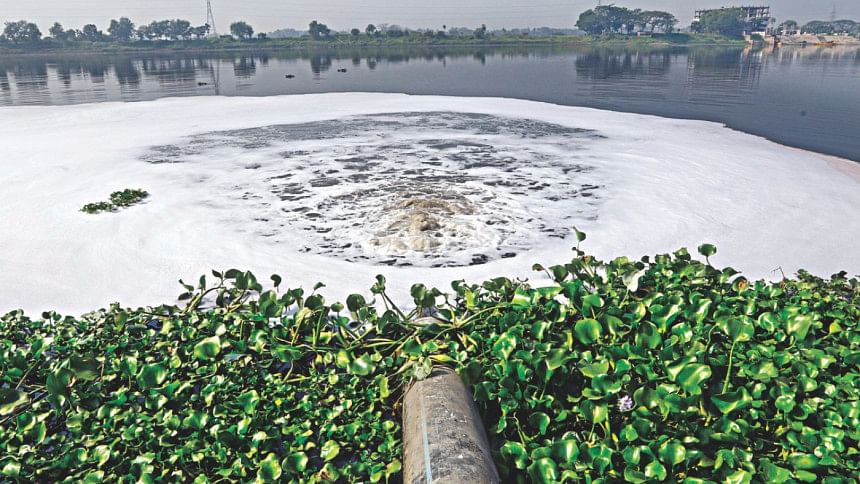
After the Buriganga, the tannery industry is now polluting the Dhaleshwari river, as the central effluent treatment plant (CETP) for treating liquid waste and hazardous chemicals is yet to be fully operational.
For the last nine months, Chinese company Jiangsu Lingzhi Environmental Protection Co Ltd, which built the CETP, is running the plant on a trial basis.
For maximum results, the plant should run round the clock. But the company shuts it down during power cuts, which are common in Savar where the tannery estate is located. Also, the company does not supply all the necessary chemicals to treat the waste and other harmful substances, officials said.
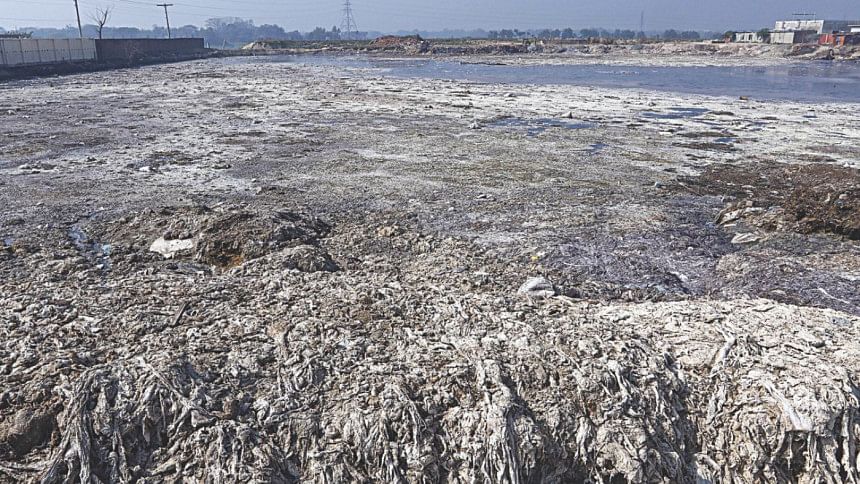
As a result, contaminated waste water mixed with high level of chromium and salt is flowing into the Dhaleshwari from the CETP. Additionally, the company is allegedly releasing part of the untreated waste water directly into the river through a bypass pipeline, threatening the survival of various aquatic resources.
In April 2016, before the CETP started discharging the waste water into the 160km river that merges with Shitalakkhya in Narayanganj, the level of dissolved oxygen in its water was 4.8mg per litre. But in June this year, it came down to zero near the discharging point, meaning no aquatic life would survive in that water.
Analysing data collected before and after the installation of the treatment plant, experts from the environment department and Buet found the river water contains all the chemicals used in tanneries to process raw hides.
"In the samples, we found all the heavy metals and other pollutants released from the tanneries. I am not sure whether the plant is unable to treat the waste or if they [the company] do not run it properly. But the Dhaleshwari has become much like the Buriganga," said a top official of the Department of Environment (DoE), asking not to be named.
The DoE test also found that the level of chemical oxygen demand (COD), biochemical oxygen demand (BOD) and chromium in the water far exceeds the limit set by the Environment Conservation Rules 1997.
On December 3, a Buet lab test found the BOD was 224mg per litre against the permissible limit of 50; COD was 595mg per litre against the standard limit of 200; and chromium was four times the permissible limit.
“After processing the waste in the CETP, it is mandatory to disinfect the treated waste water with chlorine before releasing it into the river. But currently, they are not using any chemical,” said Sehly Sadeque, a chemist at Bangladesh Small and Cottage Industries Corporation (BSCIC).
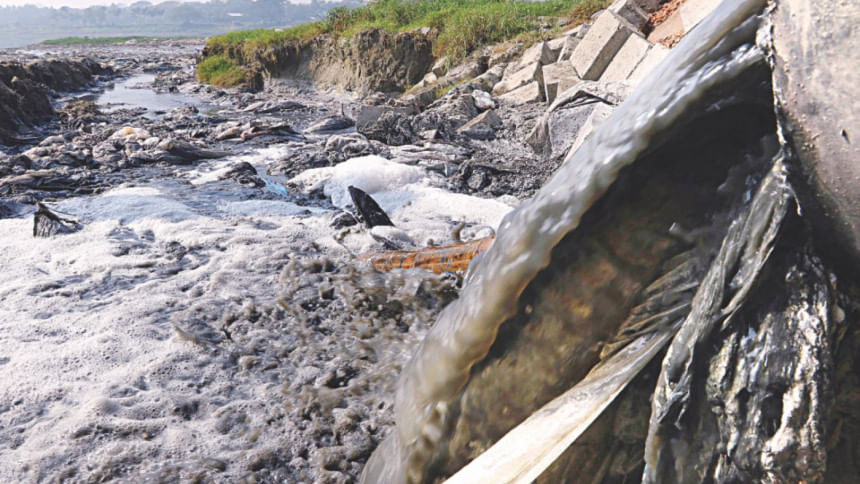
Contacted, Prof Delowar Hossain, a CETP consultant at the BSCIC, which is the implementing authority of the tannery project, said, "Yes we know the CETP is not working properly. We are trying to find a solution."
The CETP has two separate channels -- one for general waste and another for chromium-mixed water.
"But we have found a huge quantity of chromium in our general waste tank, meaning somebody released chromium-mixed water with the general waste. So, all the bacteria that are supposed to decompose tannery waste die due to the presence of high level of chromium," he said.
Sometimes, the Chinese company shuts the CETP to cut cost, another reason why the CETP fails to treat harmful substances, Delowar noted. "We have instructed them to operate the CETP round the clock.”
Recently, the High Court ordered the BSCIC to make sure that the plant runs 24 hours a day.
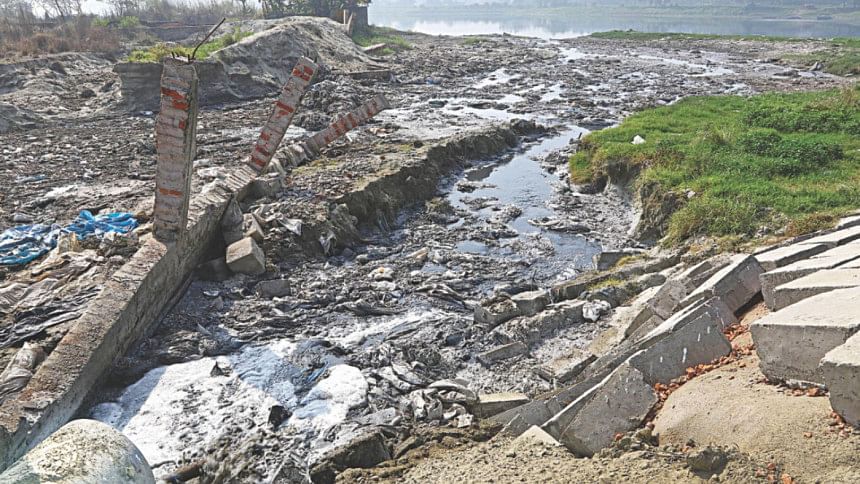
Initial reports suggested the authorities did not incorporate the salt removal unit with the CETP and so the plant was releasing waste containing salt into the river.
But Prof Delowar said chromium and other heavy metals were much bigger a problem than salt.
Contacted, Abdul Qaiyum, the international consultant for the Chinese company, denied that they were releasing untreated waste water into the river.
“The physical construction of the CETP is almost completed. Now we need to run the CETP properly. But currently we cannot do it as we have not got the bill of Tk 10 to 12 lakh that we submitted to the BSCIC a month ago,” he said.
“We will solve all these problems once we get the bill,” said Qaiyum, who was the director of the tannery project while serving at the BSCIC before joining the Chinese firm.
Ziaul Haque, the current director of the project, said that during the test run the Chinese company was supposed to buy chemicals and run the generator at their own expense and then submit the bill to the government. But they just recently submitted a partial fuel bill.
“We are going to disburse the bill soon,” he said.
Asked, Syeda Rizwana Hasan, chief executive of Bangladesh Environment Lawyers Association (Bela), said it was not about money.
“We have money to build the Padma bridge. So money is not a problem here. It is a failure of monitoring and leadership. Out of seven generators of the CETP, they do not run four generators. The government should strictly monitor the operation of the CETP and make it operational,” she said.
After changing the deadline eight times, the government set June 2018 as the new deadline for completing the construction of the CETP.
Six months before the deadline expires, the Chinese company is yet to import laboratory equipment, flow meter and panel box for sludge dewatering machine, sources said.
At present, 102 of the 155 tanneries are operating there in full swing, generating around 15 to 16 thousand cubic feet of waste every day, said Ziaul Haque.
The Tk 1,07,871 crore project under the BSCIC began in 2003. But before the CETP could be fully operational, the industries ministry pressured the tanners to relocate their factories to Savar from Hazaribagh.
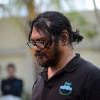
 For all latest news, follow The Daily Star's Google News channel.
For all latest news, follow The Daily Star's Google News channel. 

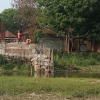

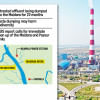

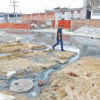


Comments